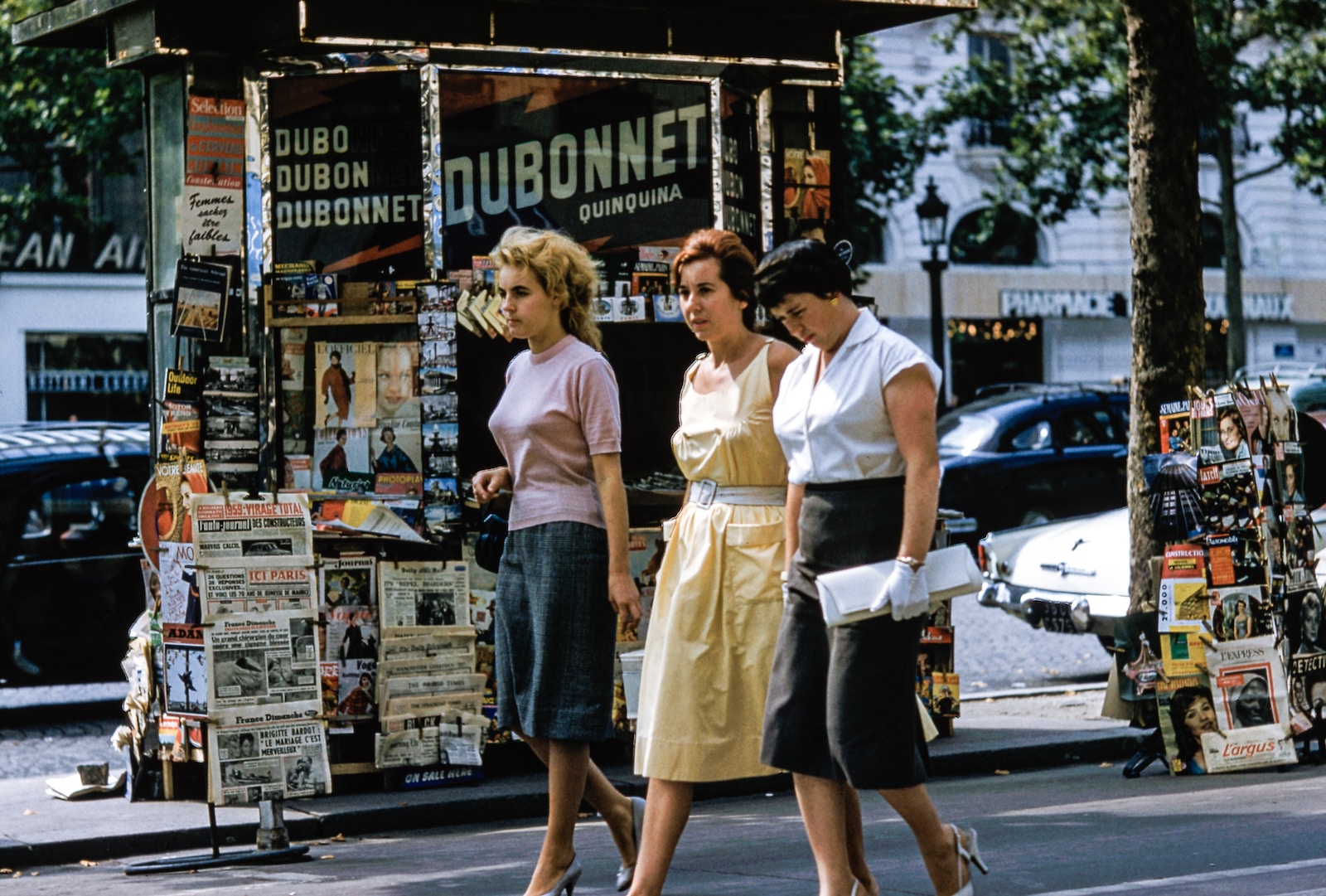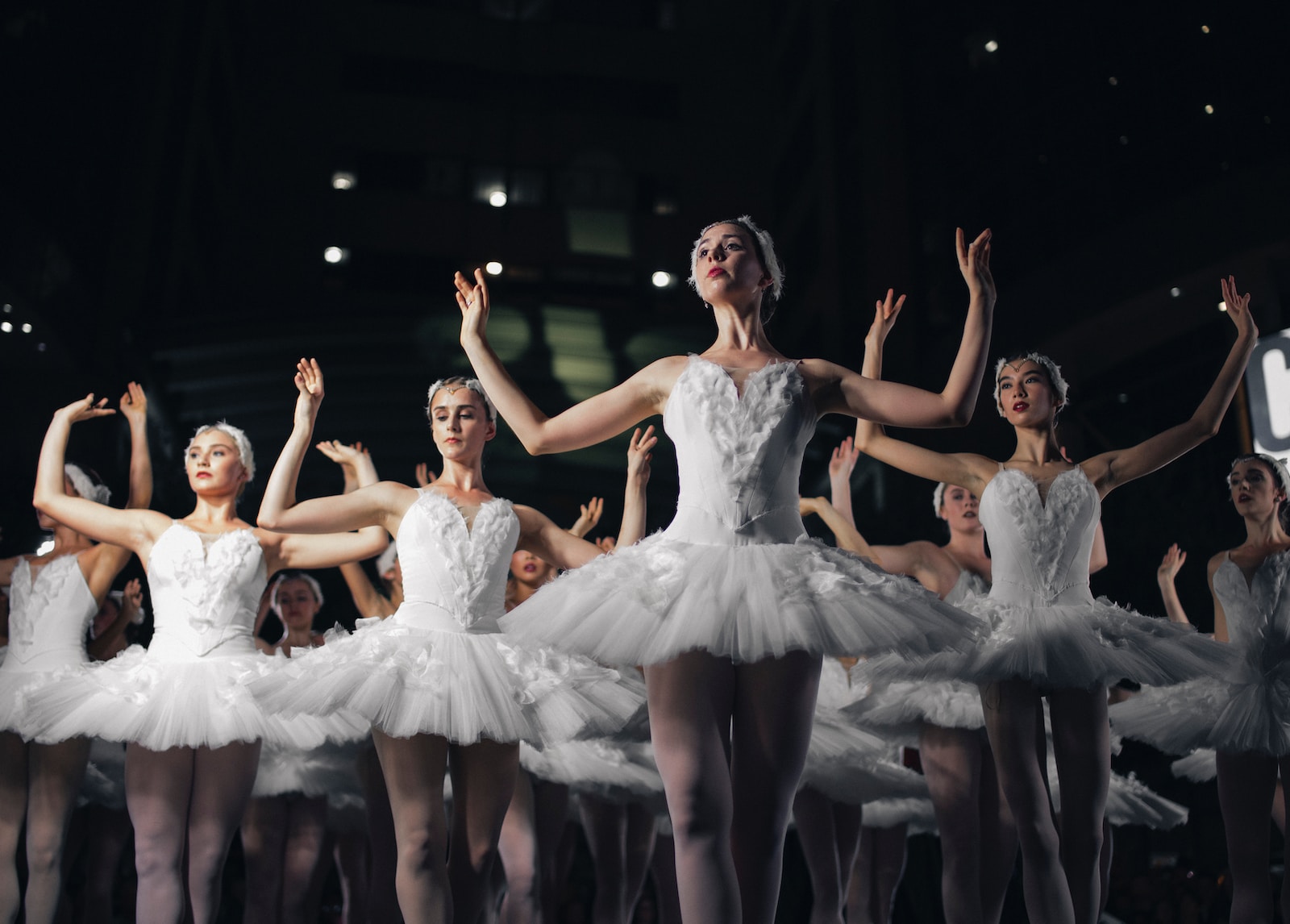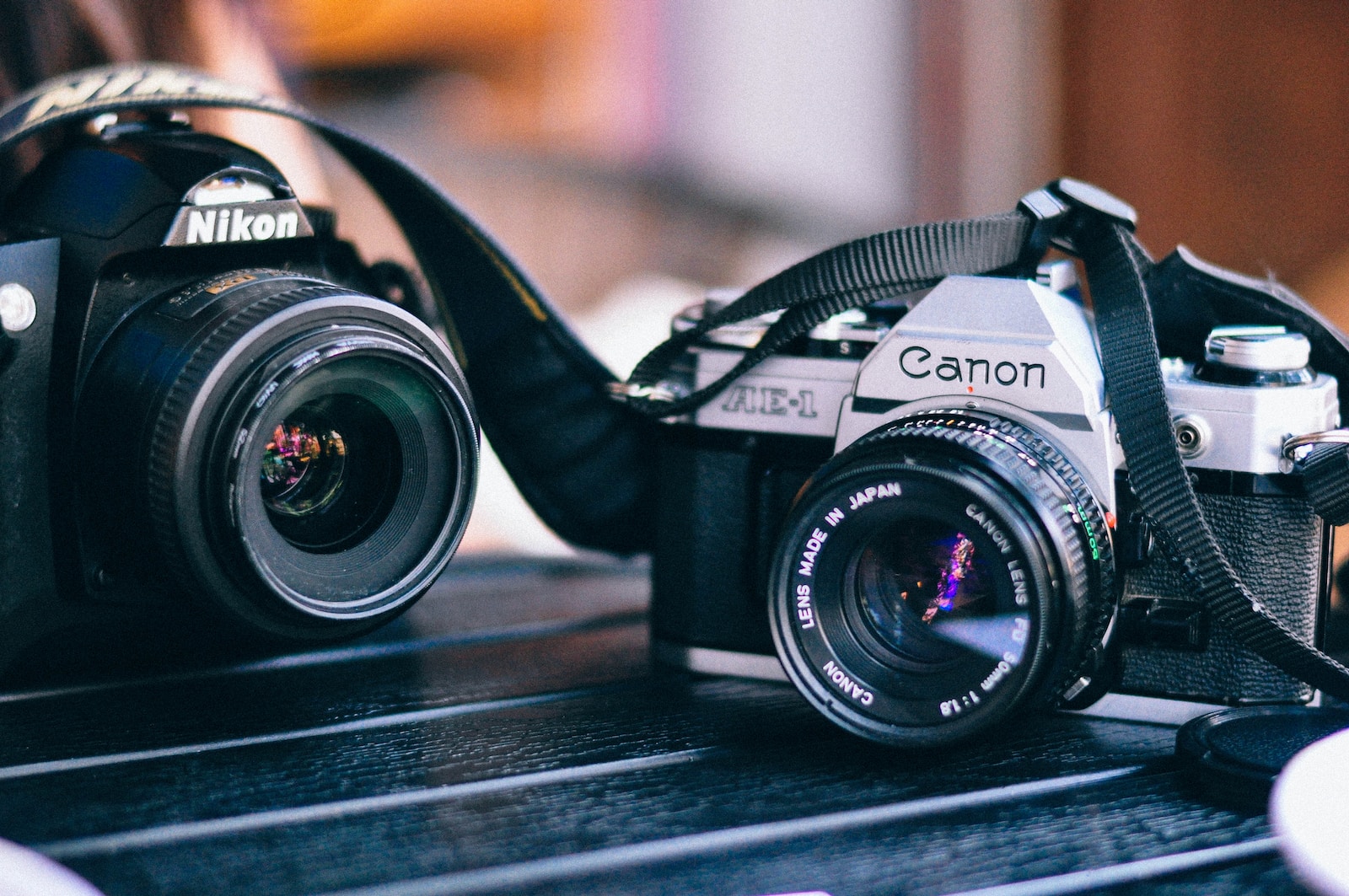Welcome to the captivating world of monochrome photography! In this blog, we will dive into the enchanting realm of black and white imagery and explore the magic of post-processing techniques. Discover how these techniques can transform your photographs, allowing you to see the world in a whole new light. Whether you’re a professional photographer or an aspiring enthusiast, join us on this journey as we uncover the secrets of monochrome photography.
Table of Contents
- Unveiling the Power of Monochrome
- A How-To Guide: Tips and Techniques for Monochrome Photography
- Frequently Asked Questions
- What is monochrome photography?
- Why is monochrome photography magical?
- What is post-processing?
- How can I learn effective post-processing techniques for monochrome photography?
- Which software tools are commonly used for post-processing monochrome photographs?
- Is it possible to convert colored images to monochrome?
- What are some tips for seeing the world in black and white?
- Can monochrome photography be combined with other photography techniques?
- Are there any famous photographers known for their monochrome work?
- Wrap Up
Unveiling the Power of Monochrome
Monochrome photography has an undeniably timeless appeal. By stripping away colors, it allows us to focus on the essence of an image, capturing emotions, textures, and details in a unique way. Unlike color photography, monochrome provides a sense of simplicity and elegance, drawing the viewer’s attention to the subject’s form, contrast, and composition. Through effective post-processing techniques, we can elevate monochrome images to new artistic heights, creating stunning visuals that leave a lasting impression.
The Art of Post-Processing
Post-processing is a vital part of monochrome photography, as it allows us to enhance and refine our images. With the right tools and techniques, we can bring out the true potential of the black and white medium. From adjusting contrast and tonality to fine-tuning highlights and shadows, each step in the post-processing workflow plays a crucial role in creating impactful monochrome photographs. Join us as we explore various post-processing methods and discover how they can elevate your images.
Mastering Composition for Monochrome
Composition is the backbone of any impactful photograph, and it holds even greater significance in the world of monochrome. Without the allure of vibrant colors, monochrome images rely heavily on strong composition to captivate the viewer. We will delve into the principles of composition tailored specifically for monochrome photography, understanding how elements such as lines, shapes, textures, and negative space can be used to create compelling and visually engaging images in black and white.
Exploring the Emotional Impact
Black and white photography has a unique ability to evoke emotions and stir a sense of nostalgia. By harnessing the power of light, contrast, and tonality, monochrome images can convey a wide range of moods, from the tranquility of a misty morning to the intensity of a dramatic landscape. We will delve into the techniques that enable us to infuse emotion into our monochrome photographs, exploring ways to create mood, evoke memories, and tell powerful visual stories.
Monochrome Portraiture: Capturing Essence
Monochrome portraiture unveils a realm of timeless beauty, enabling us to capture the essence of individuals through their expressions, features, and personalities. In this section, we will explore the art of monochrome portraiture, learning how to bring out the character and depth in black and white portraits. From lighting techniques to post-processing tips, we will dive into the intricacies of capturing unforgettable monochrome portraits.
Seeing the World in Black and White
One of the most fascinating aspects of monochrome photography is training our eyes to see the world differently. By removing the distraction of color, we can perceive patterns, textures, and compositions in a whole new light. Throughout this blog, we will share tips and exercises to help you develop the monochrome vision, enabling you to identify the key elements that make a compelling black and white photograph.
Did you know that monochrome photography dates back to the early 1800s, when it was the only available method? Early pioneers like Louis Daguerre and Henry Fox Talbot used black and white techniques to capture the first photographic images.
Experimenting with Monochrome
To truly embrace the magic of monochrome photography, we must be willing to explore and experiment. In this section, we will discuss unconventional techniques, such as infrared photography and long exposures, that can add a touch of mystery and enchantment to our black and white images. By pushing the boundaries of traditional photography, we can unlock new creative possibilities and embark on a captivating journey of artistic expression.
Sharing the Monochrome Experience
As the saying goes, “the joy of sharing doubles the joy.” In this final section, we will delve into the thrill of sharing our monochrome creations with the world. We will explore various platforms, both online and offline, where we can showcase our work and connect with fellow monochrome enthusiasts. From social media and photography forums to local exhibitions and print collections, let’s uncover the countless opportunities to inspire and be inspired by the monochrome photography community.
A How-To Guide: Tips and Techniques for Monochrome Photography
Are you ready to explore the magic of monochrome photography? With the right post-processing techniques, you can transform your color images into stunning black and white compositions. In this guide, I’ll show you some effective tips and techniques to help you create captivating monochrome photographs. Let’s dive in!
1. Shoot in RAW:
When capturing images for monochrome conversion, shooting in RAW format gives you more flexibility and control during post-processing. RAW files contain all the image data captured by your camera, allowing you to adjust exposure, contrast, and other important parameters without losing quality.
2. Enhance Contrast:
One of the key elements of a powerful monochrome image is contrast. To enhance contrast, use post-processing software like Adobe Lightroom or Photoshop to adjust the tone curve. Increase the difference between dark and light areas to create a dynamic and impactful black and white photograph.
3. Experiment with Filters:
Simulating the effect of color filters can significantly alter the mood and impact of your monochrome images. In post-processing, try using virtual filters to enhance specific tones. For example, a red filter can darken skies and make clouds more striking, while a yellow filter can enhance texture and detail in landscapes.
4. Convert to Black and White:
While most post-processing software offers a simple conversion option to turn your color image into black and white, don’t settle for the default settings. Experiment with different conversion methods and play around with sliders to achieve the desired tonal range and mood.
5. Focus on Textures and Patterns:
Without color, textures and patterns become more pronounced in monochrome photography. Look for subjects and scenes with interesting textures and repetitive patterns to create visually striking images. Pay attention to light and shadow, as they can accentuate these elements even further.
6. Dodge and Burn:
One effective technique in monochrome post-processing is dodging and burning. By selectively brightening or darkening certain areas of your image, you can add depth, dimension, and visual interest. Use a soft brush and adjust the opacity to ensure a natural-looking result.
7. Experiment with Split Toning:
Split toning involves adding subtle hints of color to different tonal ranges in your black and white image. This technique can help evoke different emotions and moods. For example, adding a hint of cool blue to the highlights and warm orange to the shadows can create a nostalgic and cinematic feel.
8. Learn from the Masters:
Study the works of renowned black and white photographers such as Ansel Adams, Dorothea Lange, or Henri Cartier-Bresson. Analyze their compositions, use of light and shadow, and the emotions their images evoke. This can provide valuable inspiration and insights into the art of monochrome photography.
9. Practice, Practice, Practice:
The key to mastering monochrome photography lies in practice. Experiment with different subjects, lighting conditions, and post-processing techniques. Embrace failure as a learning opportunity, and keep pushing yourself to improve. Over time, you’ll develop your unique vision and style in capturing and post-processing black and white photographs.
Now that you have these tips and techniques at your disposal, go out and start exploring the magical world of monochrome photography. Unleash your creativity, embrace the power of black and white, and capture timeless and impactful images. Happy shooting!

Frequently Asked Questions
What is monochrome photography?
Monochrome photography is the art of capturing or converting images into shades of black, white, and gray. It removes the distraction of color, allowing the viewer to focus on the composition, textures, and tones within the image.
Why is monochrome photography magical?
Monochrome photography has a timeless quality that can evoke a sense of nostalgia and drama. Without the distraction of color, it highlights the play of light and shadows, making images more impactful and emotive.
What is post-processing?
Post-processing refers to the editing and enhancement of digital images using software tools. It allows photographers to fine-tune their images, adjust contrast, brightness, and tones, and add artistic effects to achieve the desired look.
How can I learn effective post-processing techniques for monochrome photography?
There are various resources available to learn post-processing techniques specific to monochrome photography. You can find online tutorials, join photography communities and forums, and even attend workshops or courses conducted by experienced photographers.
Which software tools are commonly used for post-processing monochrome photographs?
Adobe Photoshop and Lightroom are popular software choices among photographers for post-processing monochrome images. They offer a wide range of tools and adjustments to enhance tonal ranges, contrast, and textures in black and white photographs.
Is it possible to convert colored images to monochrome?
Yes, it is possible to convert colored images to monochrome during post-processing. Most photo editing software provides options to convert images to black and white while offering control over the grayscale tones and contrast for optimal results.
What are some tips for seeing the world in black and white?
1. Look for strong contrasts: Pay attention to scenes where light and shadow create distinct contrast, as they often translate well into black and white.
2. Focus on textures: Monochrome photography emphasizes textures, so look for interesting patterns or surfaces that can create captivating images.
3. Pay attention to shapes and lines: Without color, shapes and lines become more prominent in black and white photography. Look for interesting shapes or leading lines that can enhance your compositions.
Can monochrome photography be combined with other photography techniques?
Absolutely! Monochrome photography can be combined with various techniques such as long-exposure, HDR (High Dynamic Range), or even infrared photography. Experimenting with different techniques can result in unique and captivating monochrome images.
Are there any famous photographers known for their monochrome work?
There are several renowned photographers known for their exceptional monochrome work. Some notable names include Ansel Adams, Henri Cartier-Bresson, Daido Moriyama, Sebastião Salgado, and Vivian Maier. Exploring their portfolios can provide inspiration and insights into the world of monochrome photography.
Wrap Up
Now that you’ve delved into the enchanting world of monochrome photography and learned effective post-processing techniques, it’s time to put your newfound skills into practice. Remember, monochrome images have a unique ability to convey emotion and timeless beauty.
Experiment with different subjects, compositions, and lighting conditions to create striking black and white photographs that captivate viewers. Don’t be afraid to push the boundaries and take creative risks. The possibilities are endless!
If you have any questions, suggestions, or would like to share your own monochrome photography experiences, we would love to hear from you. Leave a comment below and join the conversation. Let’s continue exploring the magic of monochrome together!



